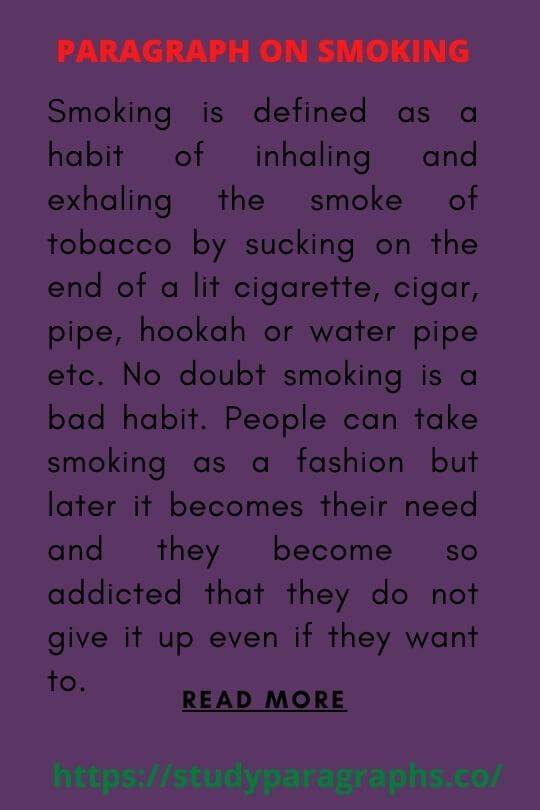Expository Essay On HIV/Aids 450 Words
Our body has a protection system called the immune system. The immune system helps protect us from diseases by fighting off germs. But HIV weakens the immune system making a person prone to other diseases.
Essay On HIV AND AIDS
What is HIV?
HIV stands for Human Immunodeficiency Virus. HIV destroys CD4 called white blood cells which helps the immune system fight diseases. When HIV destroys too many of these cells, the body can’t fight off diseases and infections. This leads to AIDS.
HIV spreads from one person to another through certain body fluids like blood, semen, and vaginal fluids. When these fluids from a person with HIV enter the body of another person, then the HIV can infect that person. This can happen in three main ways.
1. Unprotected sex. This includes anal and vaginal sex without condoms.
2. Sharing of needles and syringes used for injecting drugs or other substances.
3. From an HIV-positive mother to her baby during pregnancy, birth or through breastfeeding.
You cannot get HIV from everyday activities like hugging, holding hands, sharing food or drink, mosquito bites, or toilet seats. Some people think you can get HIV from these things but this is not true.
Symptoms of HIV:
Some people have a flu-like illness within a month or two after getting HIV. But many people don’t notice any symptoms for 10 years or more.
As the virus destroys CD4 cells over time, the following symptoms may appear:
- Weight loss
- Fever
- Fatigue
- Night sweats
- Diarrhea
- Swelling of lymph nodes
- Red or purple blotches on or under the skin.
Diagnosis of HIV
It can be can determined by a blood test, if a person is infected with HIV. The earlier HIV is detected, the sooner treatment can begin to manage the virus. HIV tests are very accurate and most can detect HIV within 3 months of exposure.
How To Prevent HIV
The best ways to prevent getting HIV are:
- Abstinence from sex. Avoiding sexual contact with anyone will prevent HIV transmission.
- Use condoms correctly every time you have sex. Condoms provide a barrier that prevents fluids from passing between people.
- Limit your number of sexual partners. The more people you have sex with, the greater your risk of HIV exposure.
- Don’t share needles or syringes, even for illegal drugs. If you do inject drugs, always use a clean needle.
If you are at high risk of HIV exposure, medicines like PrEP can help 99% protect from HIV by having sex.
Treatment for HIV
With proper treatment and care People with HIV can live healthy lives. Antiretroviral therapy or ART uses a combination of HIV medicines to suppress the virus and stop it from multiplying. While there is no cure for HIV yet, ART can dramatically slow disease progression, helping people with HIV live close to normal lifespans.
Stigma and Support
Having HIV should not be stigmatized. The more people talk openly and honestly about HIV, the more awareness and understanding will grow. It is important to support those living with HIV through active listening, empathy, and compassion. With care and treatment, as well as love and support from family and friends, people with HIV/AIDS can lead fulfilling lives.
Conclusion
In conclusion, education and testing are powerful tools for preventing the spread of HIV/AIDS. While much progress has been made in HIV treatment and research, there is still no cure. Therefore, prevention through safer practices and awareness remains essential. With care, empathy, and commitment to fighting the stigma, we can all play a part in supporting those living with HIV/AIDS and ultimately ending this epidemic.

Hello! Welcome to my Blog StudyParagraphs.co. My name is Angelina. I am a college professor. I love reading writing for kids students. This blog is full with valuable knowledge for all class students. Thank you for reading my articles.



